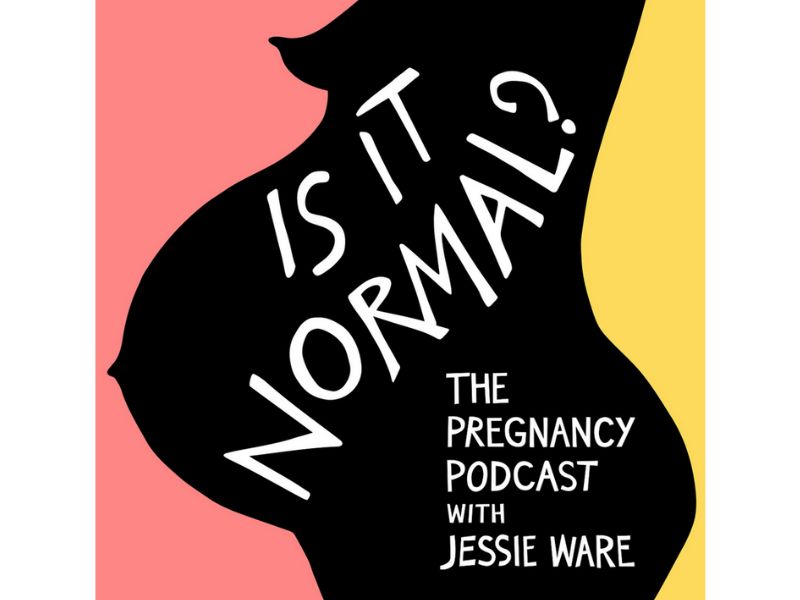Andy Field shares a beautiful extract from his book Encounterism about an experience talking to a stranger, and explains the reason why we find the idea of speaking with people we don’t know so uncomfortable and assume that they want nothing to do with us.
It is an unremarkable Tuesday morning and on a little street beside a river in a quiet English town, an encounter between two strangers is about to occur.
If this were a film we might freeze the action for a moment here to better enable you to take it all in—me, wrapped in my winter coat, standing in front of an older lady dressed in bright yellow, my arms open, hers deep in her pockets. I’m wearing my friendliest face, but nonetheless, she is looking at me in confusion, unsure why she has been stopped, who I am, or what it is that I want from her. There might be a flicker of annoyance haunting the corners of her eyes, or it could just be my imagination. Around us, the world floats on in its quiet Tuesday morning way. Students rushing to class at the nearby community college. An older man taking a quiet constitutional. Two nursery leaders pushing a small platoon of toddlers in a pair of bright red trolleys. Swans drifting in lazy circles on the river. The sky a steely January blue.
I am in Bedford, conducting TV interviews with random members of the public as part of a project my partner, Beckie, and I are making with a group of local primary school children. We are taking turns approaching people and asking them if they would like to be interviewed, but every time my turn comes around, something inside me resists. I see the stranger approaching, but cannot will myself to speak to them. My body recoils from the encounter. I feel as if I am stood on the lip of a diving board, willing myself to leap into the water below but feeling a sudden heaviness in my chest and in my legs as my body drags itself back towards the safety of solid ground.
The thing I am feeling is a kind of dread. That animal fear that lives deep in our bones. Something about the idea of speaking with this nice lady in the yellow coat is filling me with a primal sense of foreboding. It’s not that I am afraid of her, but I am afraid of this – this potential interaction, this encounter. Something about it feels undeniably dreadful to me.
I don’t think I am the only one who feels this way. In 2014, when an anonymous group started handing out little blue pin badges on the London Underground inviting people to chat to each other, locals reacted with horror, describing the idea as a “monstrosity,” “a living hell,” and, perhaps not entirely seriously, as an attempt to “undermine the fabric of society.” Why is this? What is it about the prospect of speaking with strangers that we find so viscerally uncomfortable? So absolutely dreadful?
The obvious answer is that most of us are profoundly out of practice at it. Indeed, according to the University of Chicago psychologist Juliana Schroeder, we speak to strangers so rarely that we have begun to forget that when we do, we usually enjoy talking with one another. Schroeder and her colleague Nicholas Epley created a series of experiments involving participants striking up conversations with strangers on their daily commute. From these studies, Schroeder and Epley discovered that the idea of talking with a stranger was predicted by participants to be a negative experience when, in reality, it was an almost overwhelmingly positive one.
The primary reason people gave for assuming the worst of this prospective interaction was that they thought the stranger would have no interest in talking with them. They worried that because of this, their overture would be rejected. Most of us seem to have so fully absorbed the idea that people don’t enjoy talking to one another that we fear that all these people we are sharing the street with want nothing to do with us. We fear that, should we dare approach them, whatever our justification for doing so, they will look at us with nothing but horror and scorn.
We fear rejection and this has, over time, metastasised into dread, which only helps reinforce the tendency not to speak to one another.
It wasn’t always like this. In England, for example, in the Middle Ages, the streets of a market town like Bedford would have been the busy centre of public life. Living quarters, shops, and workshops would open out onto streets thronged with people, where hawkers and craftspeople would sell their wares. In these transgressive, polyphonous spaces, public and private were slurred together in the tumult and the mud, and encounters with all kinds of people were unavoidable – minstrels, apothecaries, butchers, con men, criminals, drunkards, surgeons, travelling salespeople, and local aristocracy.
Successive waves of social and technological change in the centuries since then – the Industrial Revolution, separate spheres, the rise of the suburbs—have transformed our relationship to the streets we walk on and our expectations of the kinds of encounters we will have there. Today, we live and work very differently. Factories, warehouses, and offices are all private, interior spaces dedicated exclusively to work and open only to the people who work there. People’s homes tend to be on residential streets or in residential buildings with little day-to-day street life beyond an occasional polite hello to a neighbour. Mass transportation systems like metros and buses – and, more significantly, the all-pervading dominance of the car – have radically transformed how people use the streets of our towns and cities, foregrounding their role as transit routes and drastically reducing the space people have to meet and mingle.
In turn, our shopping and socialising habits have also changed, away from congregating in our polyglot urban centres and towards more stratified and segregated destinations. COVID-19 has only accelerated this process through the requirement to work, shop, and socialise from home. The shops that once brought people to the town centre are closing down or already boarded up, the public drawn away, first by out-of-town shopping centres and retail parks, and then by the allure of not having to leave the house at all. All these changes have helped create a much more definitive separation between the private spaces in which we predominantly live and work and our increasingly diminished public realm.
This goes some way towards explaining why I might be so out of practice at speaking with strangers. It is something that we no longer expect to do when we are out walking in urban space. Most modern streets are no longer swarmed by hawkers and tradespeople. Instead, they are designed primarily as spaces of transit. Stood on our Bedford street, our camcorder mounted on its tripod and our little pile of rucksacks marking our temporary occupation of this spot, we are the exception to the norm. The only people standing still whilst everyone else is moving, flowing swiftly past us on their way to somewhere else.
On streets where people do little else than walk, it is much harder to approach a stranger. When we walk we tend not to leave much, if any, space for interactions with the people around us. Think, for example, about that most famous category of urban walker, the flaneur, whose most important quality is their sense of detachment. The flaneur is a solitary observer, experiencing the material conditions of the city and its people as a private phantasmagoria. They move through the city as if in a dream. Such walking takes us away from where we are, literally and figuratively, separating us from the strangers around us who are themselves contained within the movement of their own interior trajectories.
Here we all are, then, together and not together, making our own way through streets that are at once more crowded and emptier than they have ever been. Moving from one place to another, each of us assuming that the people around us want nothing to do with us. I am separated from the people around me by a canyon of unknowing. Or at least, this is the way I make sense of the wings beating in my chest and the tightening in my throat as I prepare to explain myself to the elderly lady in the yellow coat. This feeling of weightlessness, my body falling through the air as I smile, make eye contact, and open my mouth to speak.
‘The Lady in the Yellow Coat’, Extract taken from Encounterism by Andy Field, (September Books, £18.99)









